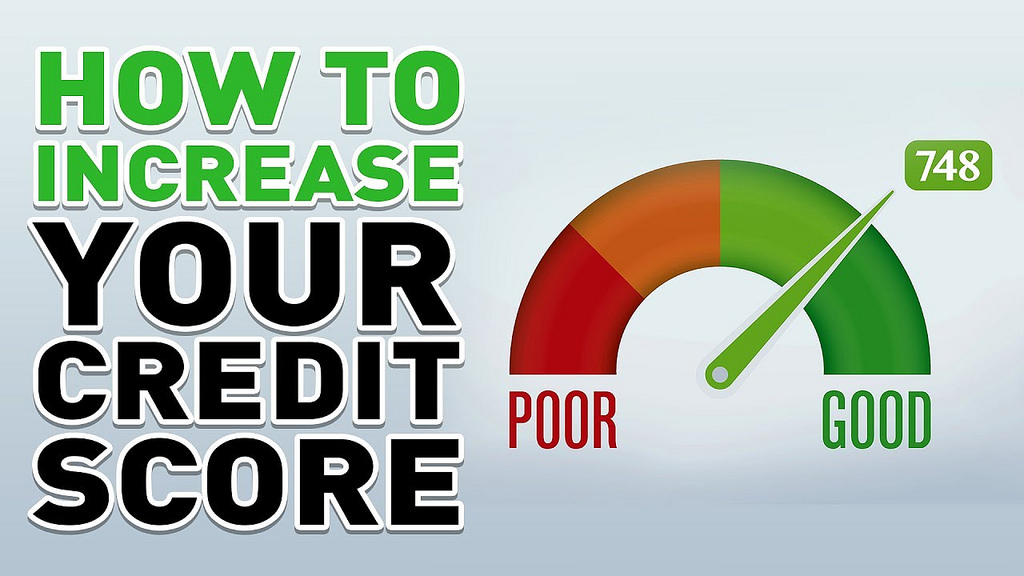
What did you find on your last credit report? Improving your score and getting your credit where you want it can take time. This seems like an unfair challenge when you consider how many years’ worth of history stays on the report. But with a few rules of thumb and some patience, you can safely and reliably give your credit a lift. Here’s a quick overview of what – and what not – to do.
What to Do
Did you know that your payments account for more than 30% of your score? If just one-quarter of your payments are late, this plays a huge role in dragging down your score. Therefore, your first “do” is make all payments on time.
Your next “do” is to use as many tools as you have at your expense to keep track of spending. This is because you cannot rehabilitate your score without spending more wisely. It’s easier to exercise restraint when you’re aware of every penny leaving. Allow notifications and alerts, and make use of a budgeting app that can help hold you accountable.
Another important “do” is communication. If you want to extend your credit limit, thereby improving your credit utilization rate, it doesn’t hurt to ask. In the same vein, if you’re feeling bogged down by high-interest rates, call and ask the lender to lower it. On-time payments help you make your case here as well.
Finally, be aware that one instance of fraud can destroy the hard work you put toward your credit report. Stay on top of those notifications and challenge any suspicious charges immediately. Always destroy any discarded statements with your identifying information on it.
What Not to Do
Getting a few easy credit cards is one way to improve your credit utilization rate. However, getting multiple cards within a short period of time might not be the best course of action when your score is already suffering. This can hurt your report in a few different ways.
In the first place, it can shorten your overall account age. Your account age is one indication of how reliable and consistent you are. The second and more important factor pertains to inquiries. When you open a number of cards at once, each inquiry can shave a few points off of your score. New cards are still a good technique but go slowly.
Speaking of account age and length of credit history, you also shouldn’t close out old cards. Your oldest credit card is a great asset to your report, so keep paying it off on time.
If you plan to transfer any balances, don’t transfer a balance to a card with a lower credit limit than the one you’re transferring from, as this too can affect your credit utilization rate. In general, transfer just one balance at a time, and make sure the transfer works in your favor.
If you’re feeling intimidated by balances, scores, and the limitless tricks we use to change our reports, remember that slow and steady wins the race. In the end, you can improve your score responsibly by making payments on time, asking lenders for more attractive limits and rates, and being very judicious about new cards and overall spending.